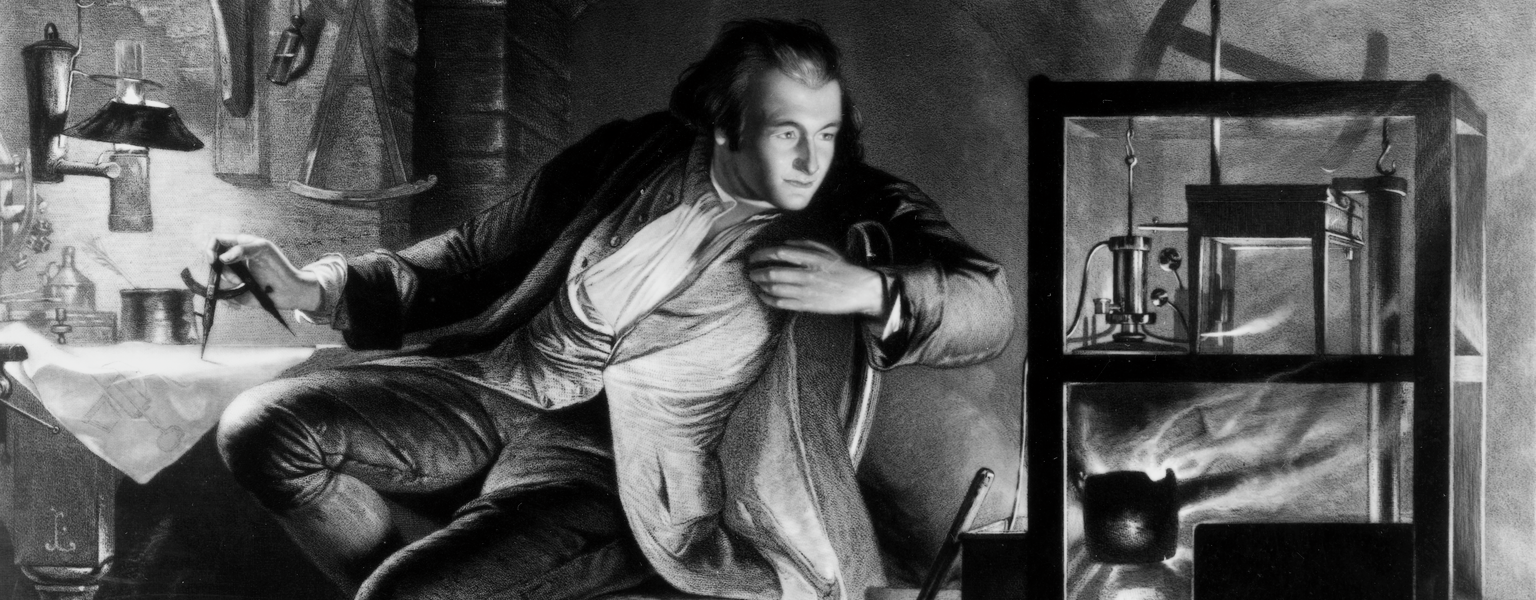James Watt, born in Greenock Scotland, is best known for turning the steam engine from a clumsy and highly wasteful machine into one that was both highly efficient and built with precision.
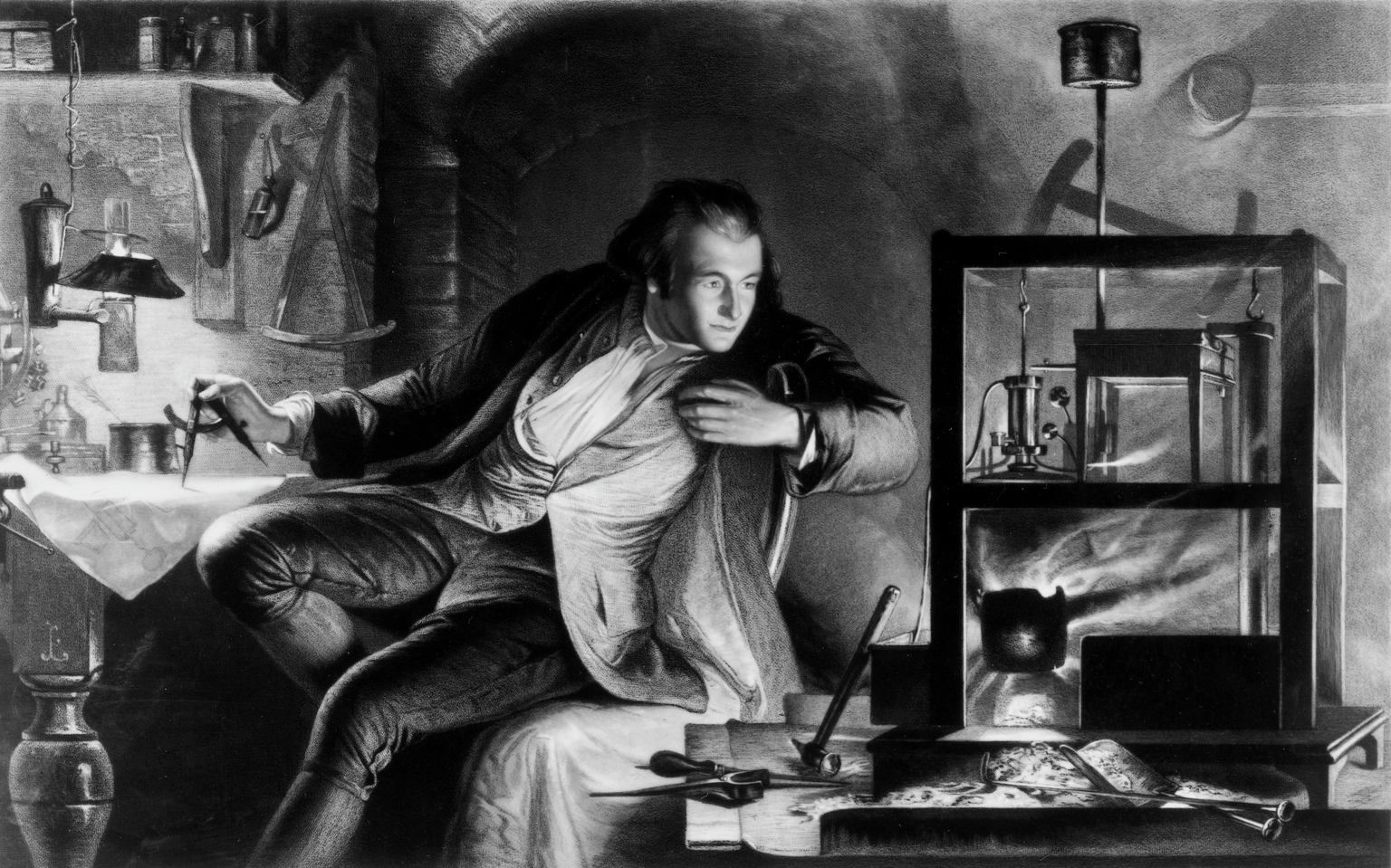
The ‘Great Steamer’, as his engine was affectionately known, was one of the key driving forces in the Industrial Revolution, providing power on demand to drive the mills and factories that made this country the workshop of the world.
Watt’s life of projects went far beyond steam engines and is fascinating in itself – as well as engines, he was a maker of scientific and musical instruments, he worked in a pottery, was a surveyor and civil engineer, a chemist, and an artist.
After an extremely busy life, Watt continued to be a hugely influential figure and was the first engineer to have a monument erected in Westminster Abbey.
Unfortunately, the enormous statue was so big that the floor cracked open when it was installed. Due to the monument being too controversial and out of scale with its surroundings, it eventually had to be moved elsewhere.
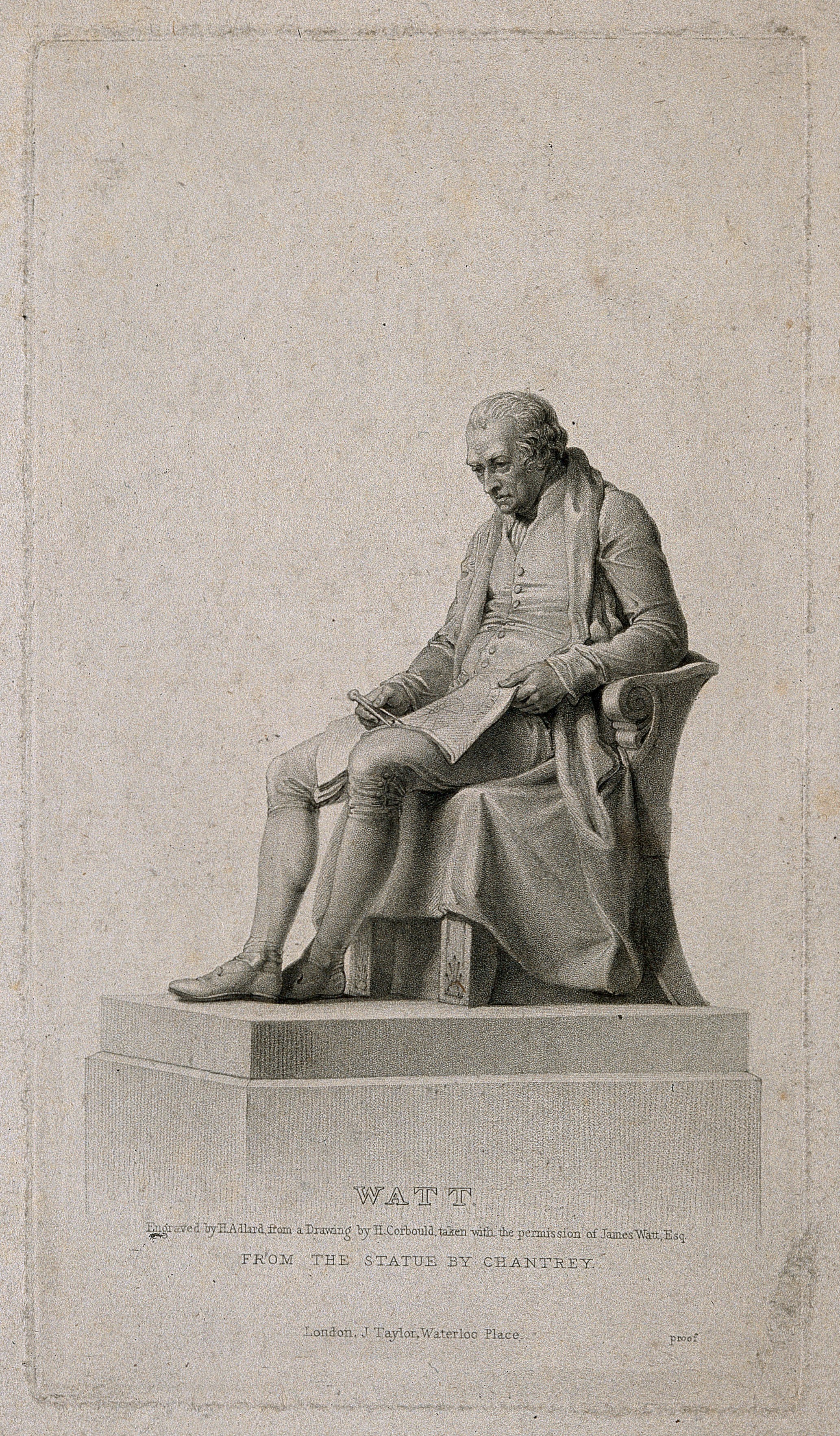
During the years following his death, his son, James Jnr, devoted huge efforts to promote his father’s achievements, artfully shaping how his legacy was presented in published books and biographies.
The result; different interest groups used Watt as an example of how science, craft, and engineering underpinned the prosperity Britain enjoyed in the nineteenth-century.
The Science Museum Group has built a collection of Watt-related objects over the years ranging from four of his steam engines to his extensive sculpture collection and personal library.
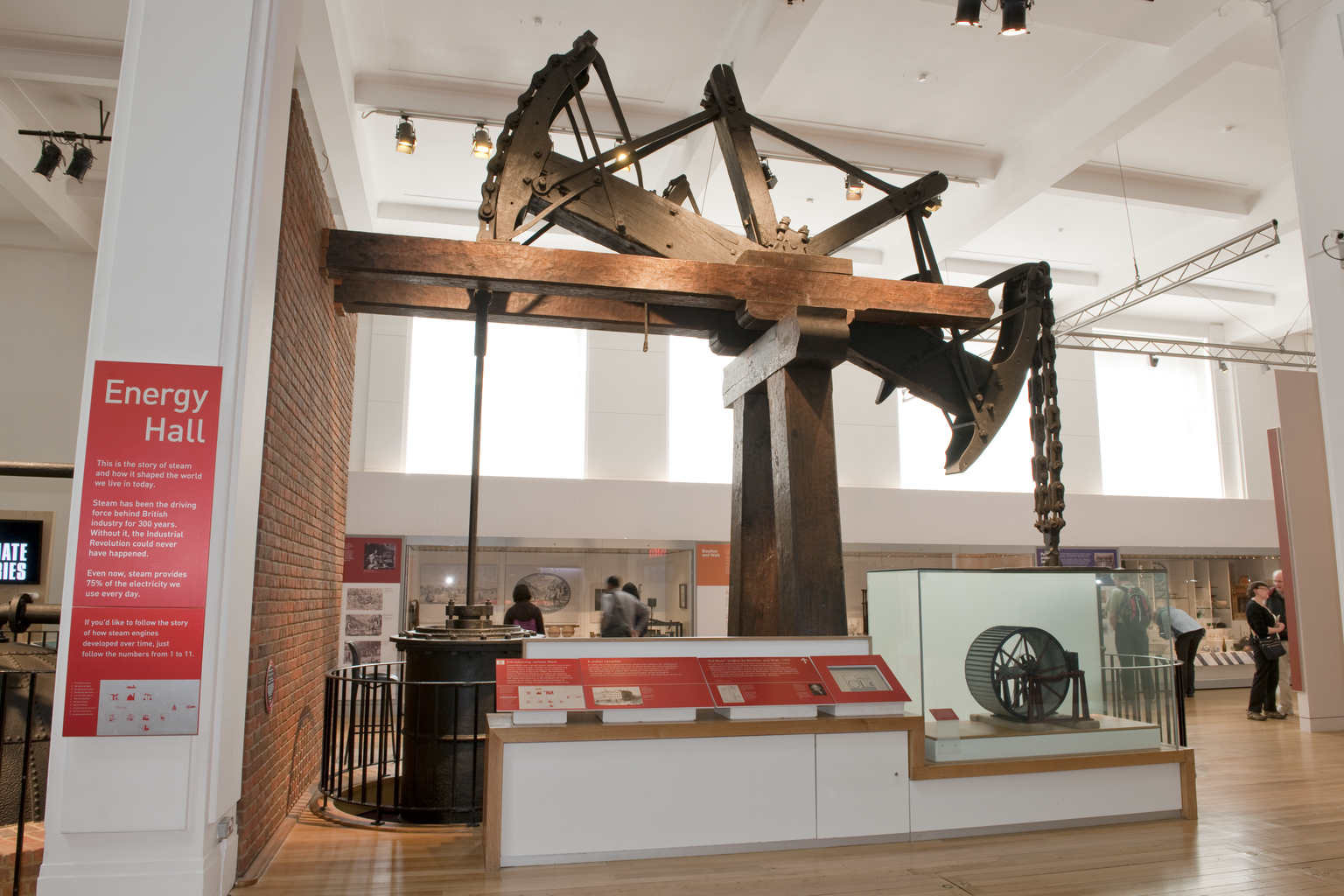
The oldest surviving Watt engine Old Bess joined the collection in 1861 and is currently on display in our Energy Hall.
Shortly after this, the museum acquired Watt’s alleged ‘philosophising steam kettle’, associated with the story that Watt’s steam projects were inspired by watching a boiling kettle.
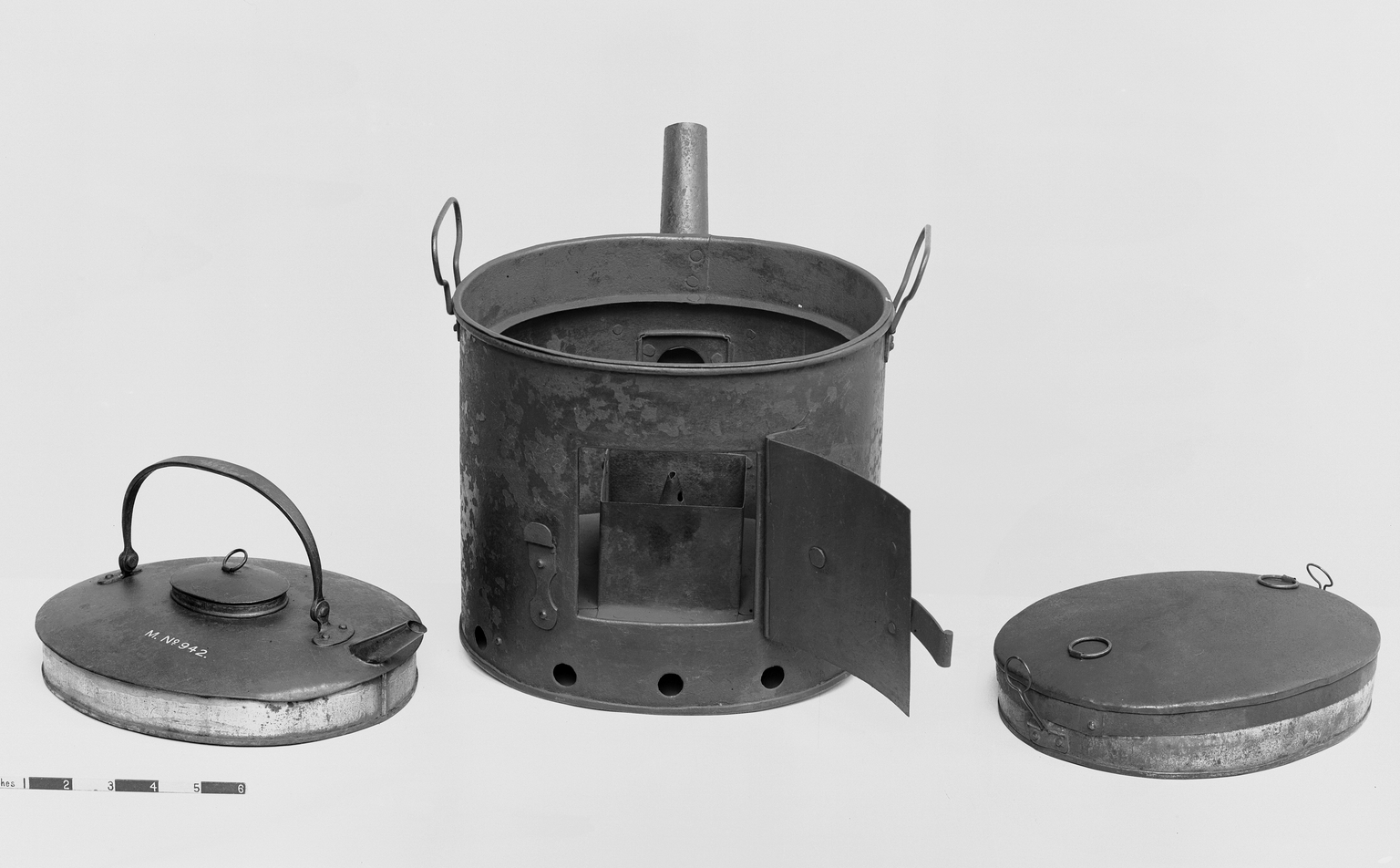
Even his old house in Birmingham, Heathfield, was envisaged as a living memorial to the man. Although this came to nothing, the Science Museum finally acquired Watt’s complete workshop in 1924, after a 60-year campaign of letter-writing and even the construction of model engines for Watt’s descendants in order to oil the wheels of negotiation.
The workshop is a unique physical record of Watt’s life and work, an industrial shrine, a place where even the preservation of the dust was considered with reverence.
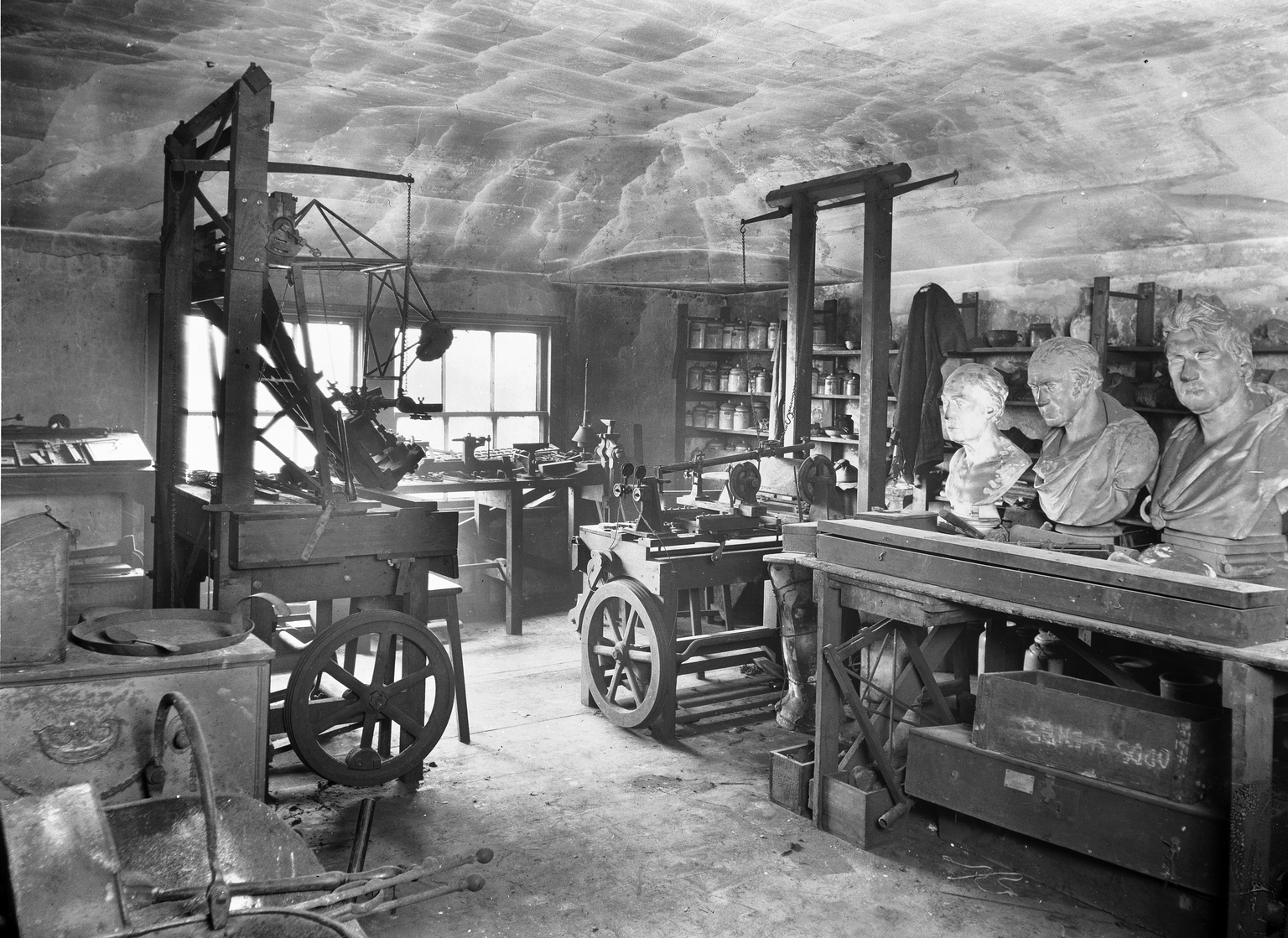
Today Watt is no longer as prominent a figure as he once was, although he was featured with his business partner on the last version of the Bank of England’s £50 note.
Some commentators have even associated his engine with the Anthropocene; the geological era bearing the direct imprint of man’s activities on the global environment.
The effects of our immense energy consumption since the dawn of the Industrial Revolution are now being felt and reacted to, but they go far beyond anything Watt himself could ever have envisioned.
The curiosity, creativity, and productivity of Watt and his contemporaries will be invaluable in confronting the issues that face us.
Read more about Watt’s workshop in this Google Arts & Culture story.
